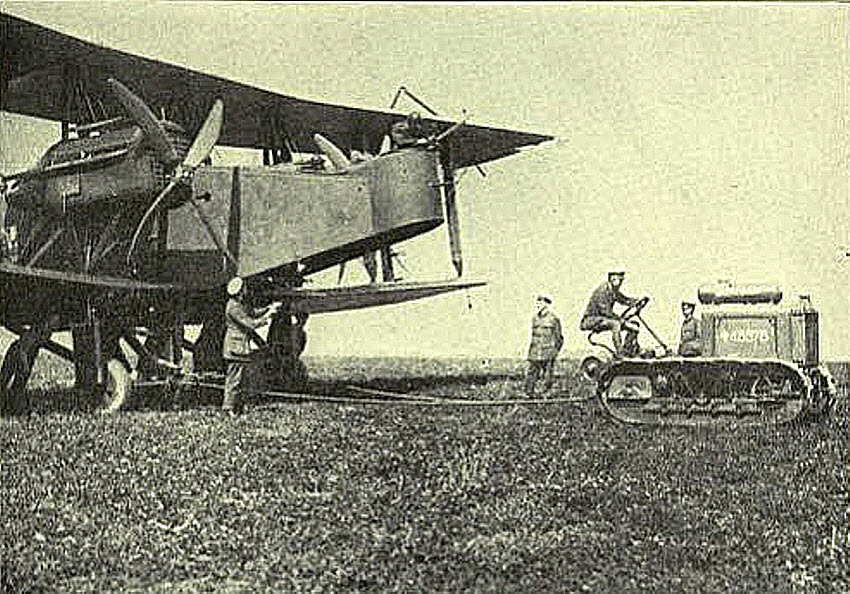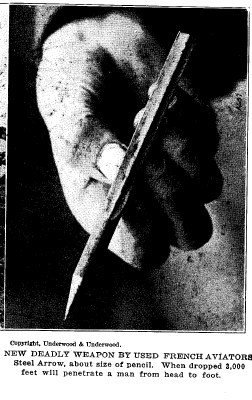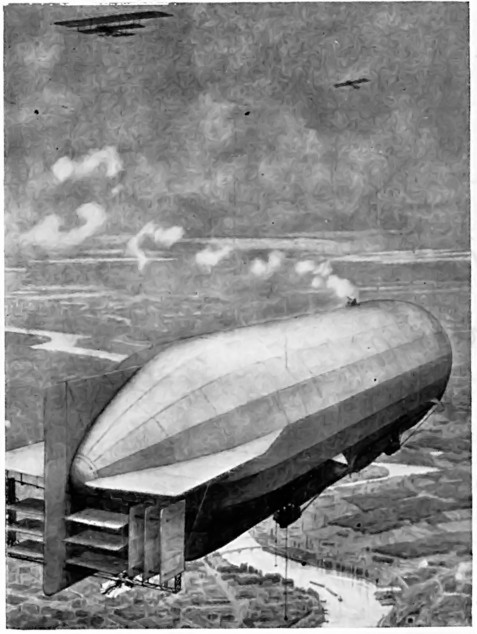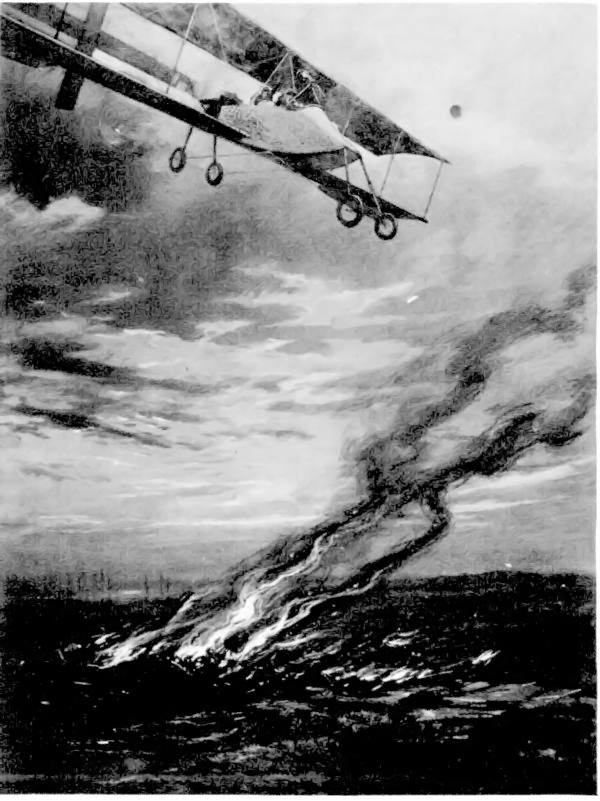|
||||||||||||
|
|
The Air WarWhen the First World War started, the airplane had only been invented by the Wright Brothers 11 years earlier. (Some sources maintain that manned flight was developed earlier: flyingmachines.org has information about these primitive attempts at flying.  An R.A.F. Bomber Being Towed Into Position by a Tractor. This plane could fly at a top speed of 97 miles per hour. And it took one hour to reach its maximum altitude of 14,000 feet. Though rapid advances had been made in the field of aircraft design since the Wright Brothers, the airplanes available to both sides at the start of World War 1 were still very primitive. The Germans and the Allies relied mainly on dirigibles such as the Zeppellin for bombing and air reconnaisance. Military tactics had not yet evolved to incorporate the use of air power in land and sea operations, or for strategic bombing. Initially airplanes were used in primarily aerial reconnaisance roles and many were unarmed. Dogfighting between airplanes did not become commonplace until the technology developed to allow the fire of machine guns to be synchronized with the rotations of the propellars to that the pilot could fire in front of him without chewing up his own propellar. However airplanes and air tactics evolved quickly as both sides discovered the usefulness of airplanes as spotters and as ground attack bombers. Both sides also developed medium and heavy bombers, and fighters to control the airspace above the battlefield, and massed battles between German and Allied fighters took place over France. German airships even bombed England.
As the airwar progressed, however, both sides made considerable improvements to their airplanes and in tactics.
More Resources
| |||||||||||



